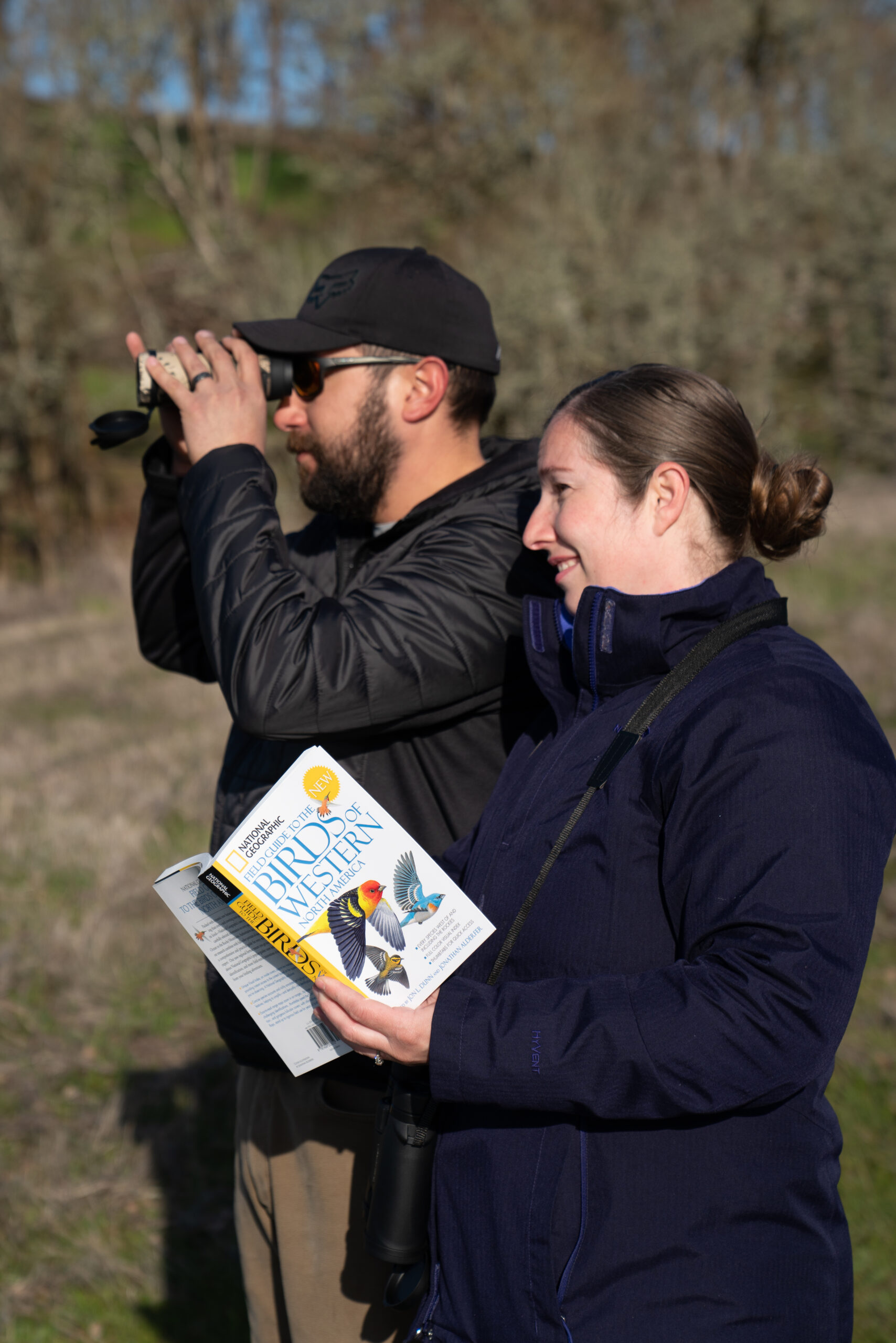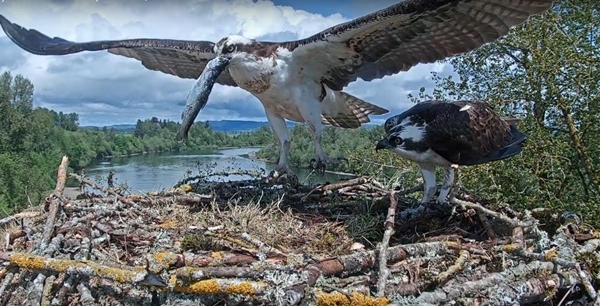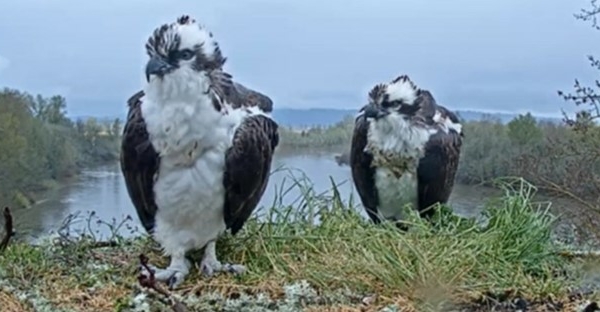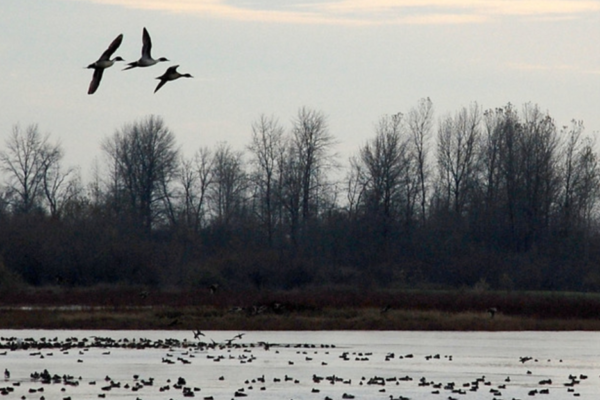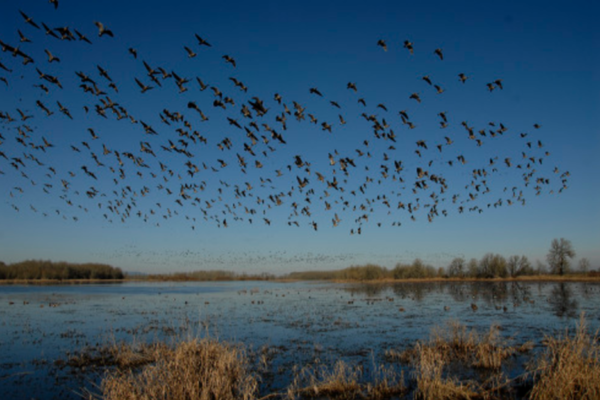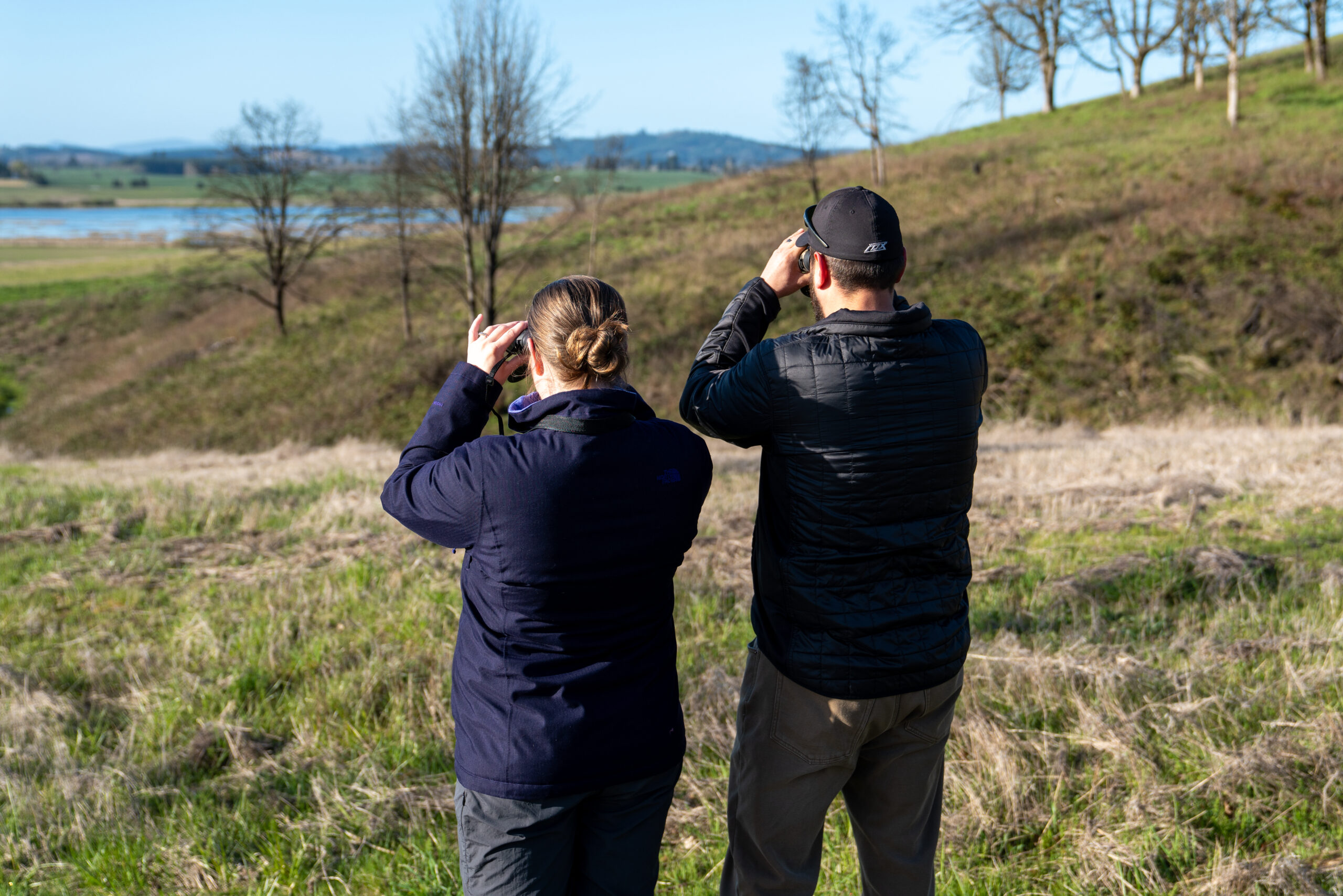In a way, it almost seems as if Mother Nature designed the Willamette Valley specifically to be a birder’s paradise.
After all, the region sits along the Pacific Flyway, a migratory bird route that spans the Arctic tundra of Alaska and the wetlands of South America. (Every year, more than one billion birds make their annual migration along the flyway.)
Not just that, but the valley is home to myriad landscapes that provide the perfect habitat for more than 200 species of bird—including riparian forests, upland prairie, seasonal and permanent wetlands, wide-open meadows, and countless waterways.
It all adds up to a pretty perfect place to bask in the bevy of birds, says Samantha Bartling, visitor services manager with the Willamette Valley National Wildlife Refuges. “You’ve got the Cascade Range on one side, the Coast Range on the other, and this really unique valley in between,” she says. “Every day, you have the chance to see something rare, unique, and wonderful.”
Situated in the heart of the Willamette Valley, Independence is ground zero for new birders and eagle-eyed veterans alike. (The city even serves as the northernmost point on the Luckiamute Loop, part of the wider Willamette Valley Birding Trail.) So if you’re looking to get outside and go bird watching soon, we’ve rounded up some of our favorite parks, refuges, and (because this is the Willamette Valley and all) wineries for doing just that.

